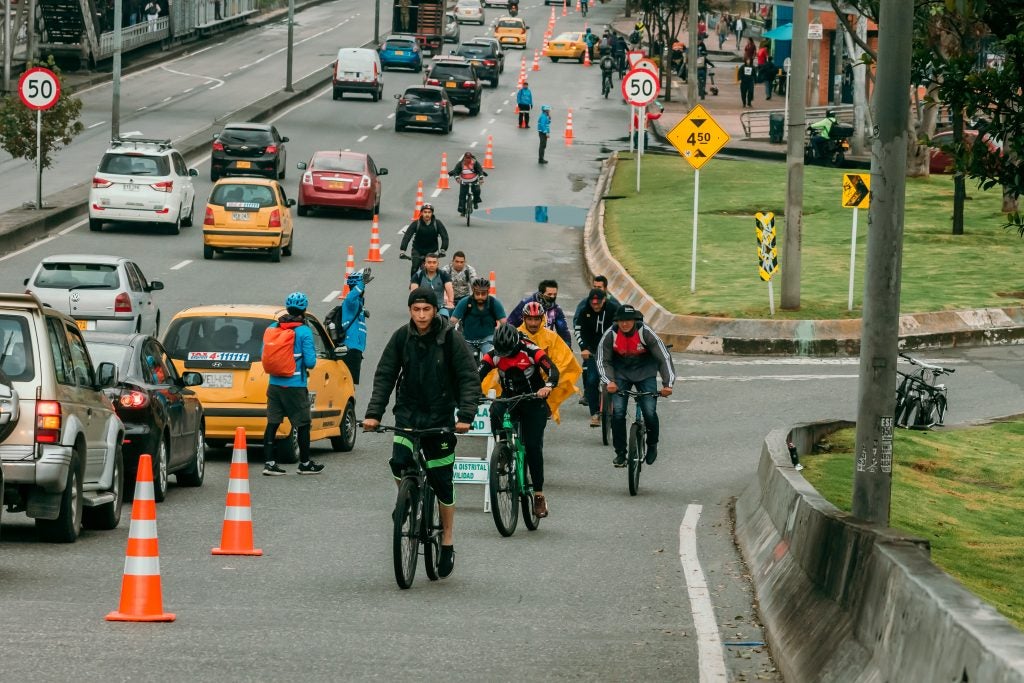This post originally appeared on the EDF Global Clean Air Blog.
Ananya Roy, Senior Health Scientist, and Maria Harris, Environmental Epidemiologist
The last several months have seen a wave of momentum in policies seeking toward advance environmental justice and equity through better data collection and mapping. In his first week in office, President Biden signed an executive order to initiate the development of a screening and mapping tool to identify disadvantaged communities with the goal of informing equitable decision making. And legislation introduced in the House of Representatives and Senate would launch a similar effort. This focus on data and mapping is critical.
At EDF, we’ve worked with community and research partners to map air pollution at the block-by-block level, and found that hyperlocal data can reveal pollution hotspots and variability within cities and neighborhoods that would otherwise be missed. Building on this research, our latest work shows how the health impacts from air pollution can vary at a hyperlocal level and how using local level data can greatly improve our ability to identify health disparities and target action. Our findings illustrate why it is important to incorporate health information into such decision-making, as both pollution exposure and health vulnerability influence the health impacts of air pollution.
These insights have relevance not only for actions at the federal level, but also for cities and states across the country that are seeking to reduce air pollution and address health inequities.















